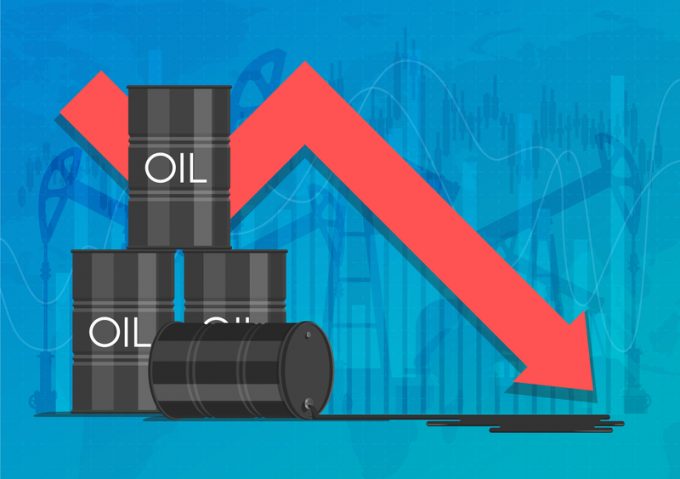Macron calls for ‘suspension’ – CMA CGM's $20bn US investment in doubt
CMA CGM’s much-heralded $20bn investment in the US could be in doubt after French president ...

Ocean carriers are officially scrapping the low-sulphur fuel surcharges introduced last year to mitigate the impact of the 1 January IMO 0.5% sulphur cap regulations on marine fuel.
Maintaining low-sulphur surcharges as fuel prices plunged has been a bone of contention for shippers, who have criticised carriers for being slow to ditch the additional fee.
In a customer advisory on Tuesday, CMA CGM said its LSS20 (low-sulphur surcharge) in place since 1 December 2019, would no longer be applicable.
“As from 1 October ...
Amazon pushes into LTL for small package fulfilment and UPS does a u-turn
New senior management for DSV as it readies for DB Schenker takeover
Volumes set to 'fall off a cliff' as US firms hit the brakes on sourcing and bookings
Asian exporters scramble for ships and boxes to beat 90-day tariff pause
Temporary tariff relief brings on early transpacific peak season
'Tariff madness' will prompt renegotiation of ocean shipping contracts
Forwarders 'allowing the fox into the chicken run' by supporting 'hungry' carriers
Response to tariffs by Chinese importers may see extra costs for US shippers

Comment on this article